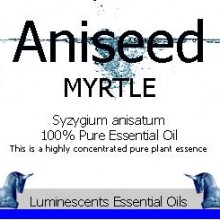Mullilam is commonly known by its Chinese name of Sichuan Pepper or The Toothache Tree and there are many species.
The North American species, Z. americanum, is also known as The Toothache Tree. Due to the anaesthetic power of its alkamide constituents, the plant is effective in suppressing toothache temporarily if unripe fruits or the wood of young branches are chewed. Another plant rich in alkamides, paracress, has similar names.
Zanthoxylum, is a dissimilated or probably simply false modification of Greek xanthon xylon or yellow wood. In German it is Gelbholzbaum or the yellow-wood tree and in Polish thew Dwerzo tree or yellow-tree pepper.
Traditional Uses for Mullilam:-
Mainly culinary in use although it is known as the toothache tree for very good reasons, unlike clove which dulls toothache, Mullilam has anaesthetic qualities.
History of Mullilam:-
Most representatives of this genus are found in the Himalaya region, and some in Central, South, South East and East Asia.
American and African Zanthoxylum species have not yet been put to culinary use.
The most important species are: Z. piperitum DC = Z. sansho (Central and Eastern China, Japan, Korea), Z. simulans Hance = Z. bungei (China, Taiwan), Z. bungeanum Max. (China), Z. schinifolium Sieb. et Zucc. (China, Korea), Z. nitidum Roxb (DC) (China, peninsular South East Asia), Z. rhetsa Pierre var. budranga Pier. = Z. limonella (Western North India, peninsular South East Asia) , Z. armatum DC = Z. alatum Roxb. (Himalaya, peninsular South East Asia, East Asia), Z. avicennae (Lamk) DC = Z. tidorense (China, peninsular South East Asia, Indonesia) and Z. acanthopodium DC (eastern Himalaya, China, peninsular South East Asia, Sumatra).
All species mentioned here have their place in local cuisines and can (excepting Z. schinifolium) mostly be used interchangeably. Literature often gives contradicting information which spice is used where; furthermore, Zanthoxylum is a difficult genus with many different, similar and not well-researched species.






